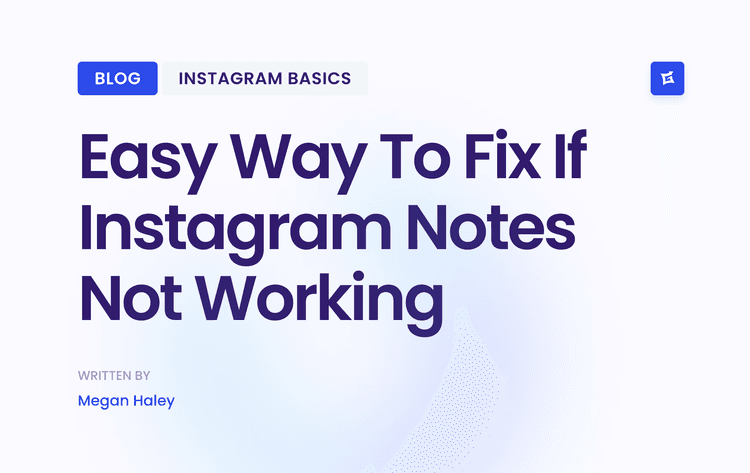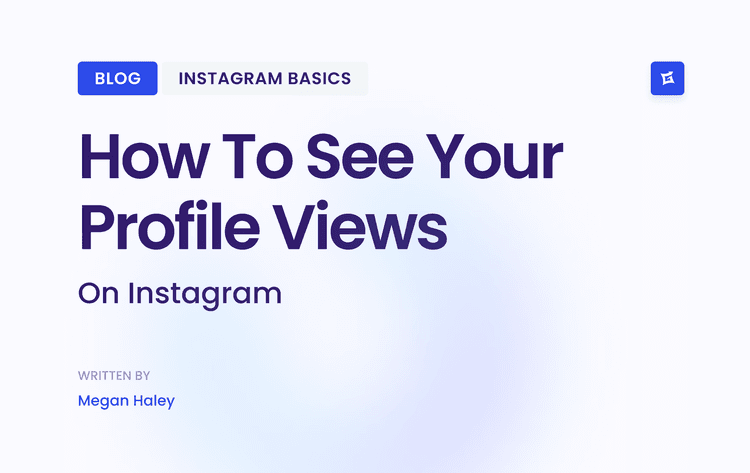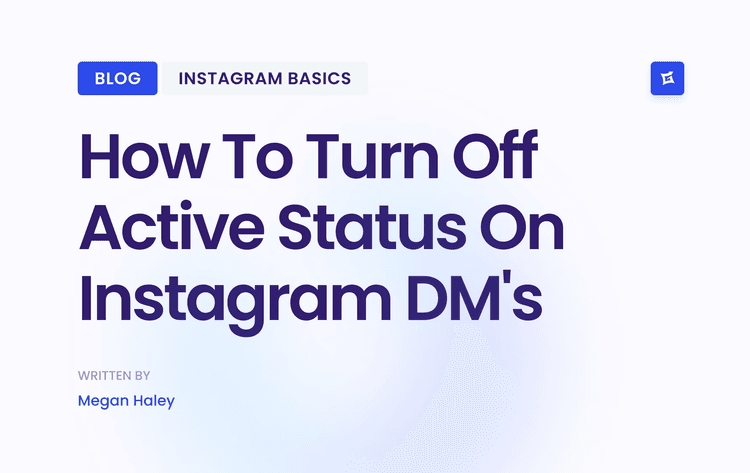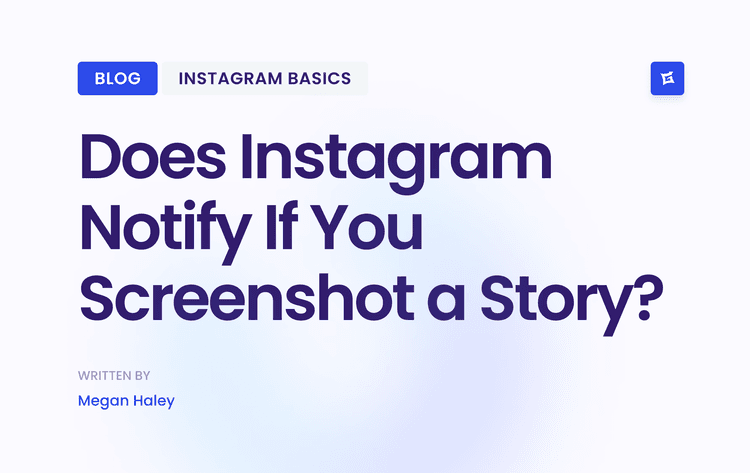Beyond Vanity Metrics: What Engagement Means
Identifying Meaningful Engagement
A key element of meaningful engagement is the quality of interactions. Many likes might appear impressive, but a smaller set of thoughtful comments often holds more value. Comments, shares, and direct messages signal a higher level of engagement because they demand more effort from the user.
For example, when a user shares your post with their network, they are actively endorsing your brand and potentially expanding your reach. Saved posts also indicate valuable content that users want to revisit later. This signifies lasting interest and the potential for conversions down the line.
Understanding what constitutes real engagement is the first step toward improvement. You can explore effective strategies to increase social media engagement. Measuring this engagement is crucial for businesses as it provides insights into how effectively their content resonates with their audience.
One important metric is the engagement rate, which calculates interactions (likes, comments, shares) as a percentage of followers or reach. In 2024, Instagram saw an average engagement rate by reach of 3.50%, considerably higher than Facebook’s maximum of 1.20%. The engagement rate isn't just about the numbers themselves; it reveals audience interest and helps inform future content strategies. Find more detailed statistics here.
Moving Beyond Surface-Level Interactions
Focusing solely on vanity metrics can be deceptive. A large follower count doesn't necessarily equate to a highly engaged audience. Metrics like click-through rates on links within your posts offer more valuable data about audience intent and interest in your products or services.
Tracking clicks can often be a more reliable predictor of potential leads and conversions than simply monitoring likes. The time spent engaging with your content, particularly video content, reveals how captivating your material is for your audience.
Longer viewing times suggest authentic interest and a stronger connection. By analyzing these metrics, you gain a clearer understanding of what truly resonates with your target audience and can refine your content strategy accordingly.
The Metrics That Drive Business Results
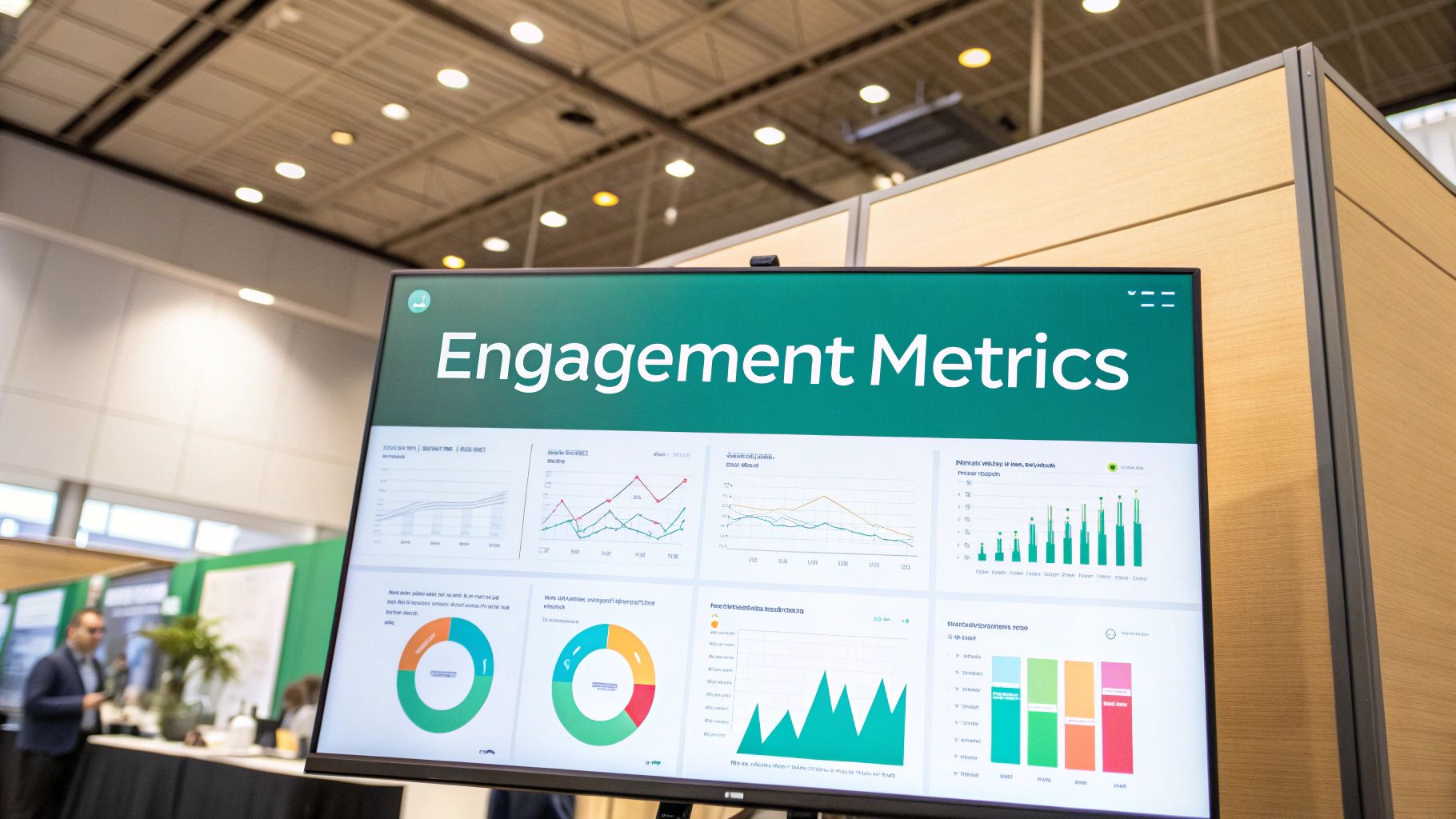
While surface-level interactions like follower counts offer a glimpse into audience activity, true social media success depends on understanding key performance indicators (KPIs). These KPIs provide insights into the metrics that genuinely impact your business goals. This means focusing on metrics that reveal true connections and drive tangible results. These can vary based on your objectives, whether it's increasing brand awareness, generating leads, or building customer loyalty.
Beyond Likes: Measuring Meaningful Interactions
Likes are a common metric, but they don’t always translate into meaningful engagement. Shares, however, are a strong indicator of content resonance. They amplify your message organically through your audience's networks, expanding your reach significantly. Saves also suggest a deeper level of interest; users find your content valuable enough to revisit later. For instance, someone might save a recipe on Instagram and later buy the ingredients or save a product post for a future purchase.
Comments, too, provide valuable feedback and open doors for two-way conversations. Responding to comments fosters stronger relationships and helps build a community around your brand. Furthermore, clicks on links offer valuable data on user intent and interest in learning more about your offerings.
Beyond likes and comments, other metrics offer a comprehensive view of audience interaction. Shares and retweets, for instance, are valuable because they expand your brand’s reach through audience networks. The average daily engagement per post across industries in 2023 was reported as 12, highlighting the importance of benchmarking. Explore this topic further here.
Aligning Metrics With Business Objectives
The metrics you prioritize should align directly with your business goals. For brand awareness, concentrate on reach, impressions, and share counts. These metrics show how far your message is traveling and its visibility.
If lead generation is your goal, focus on click-through rates to your website and lead form submissions. These actions show user intent and provide opportunities to collect contact information.
For customer retention, prioritize metrics like customer satisfaction (CSAT) scores from social media polls and surveys. Monitoring comments and direct messages for feedback is also essential for improving products and services, fostering loyalty, and building lasting relationships.
To illustrate the various metrics and their significance, consider the following table:
Core Social Media Engagement Metrics Comparison
Shares: Number of times content is shared on all major platforms. Increases brand visibility and reach.
Saves: Number of times content is saved, primarily on Instagram and Pinterest. Indicates user interest and potential for future engagement.
Comments: Number of comments on a post across all major platforms. Provides feedback, fosters community, and enables two-way communication.
Click-Through Rate (CTR): Percentage of users who click on a link on all major platforms. Measures effectiveness of calls to action and user intent.
CSAT Score: Measurement of customer satisfaction gathered via polls and surveys on various platforms. Offers insights into customer happiness and areas for improvement.
This content summarizes some of the core metrics businesses use to track social media success. Understanding which metric aligns with your specific business objective is crucial for maximizing impact.
Understanding Platform-Specific Metrics
While universal metrics like engagement rate give a broad overview, each platform has unique metrics offering deeper insights. On Instagram, story views and sticker interactions show engagement with ephemeral content. On Twitter, retweet counts and mentions indicate the virality and reach of your tweets.
Understanding these nuances lets you tailor your content strategy for each platform, maximizing impact. Recognizing each platform’s strengths and leveraging unique features allows for more effective communication and stronger community building.
Calculating Engagement Rates That Matter
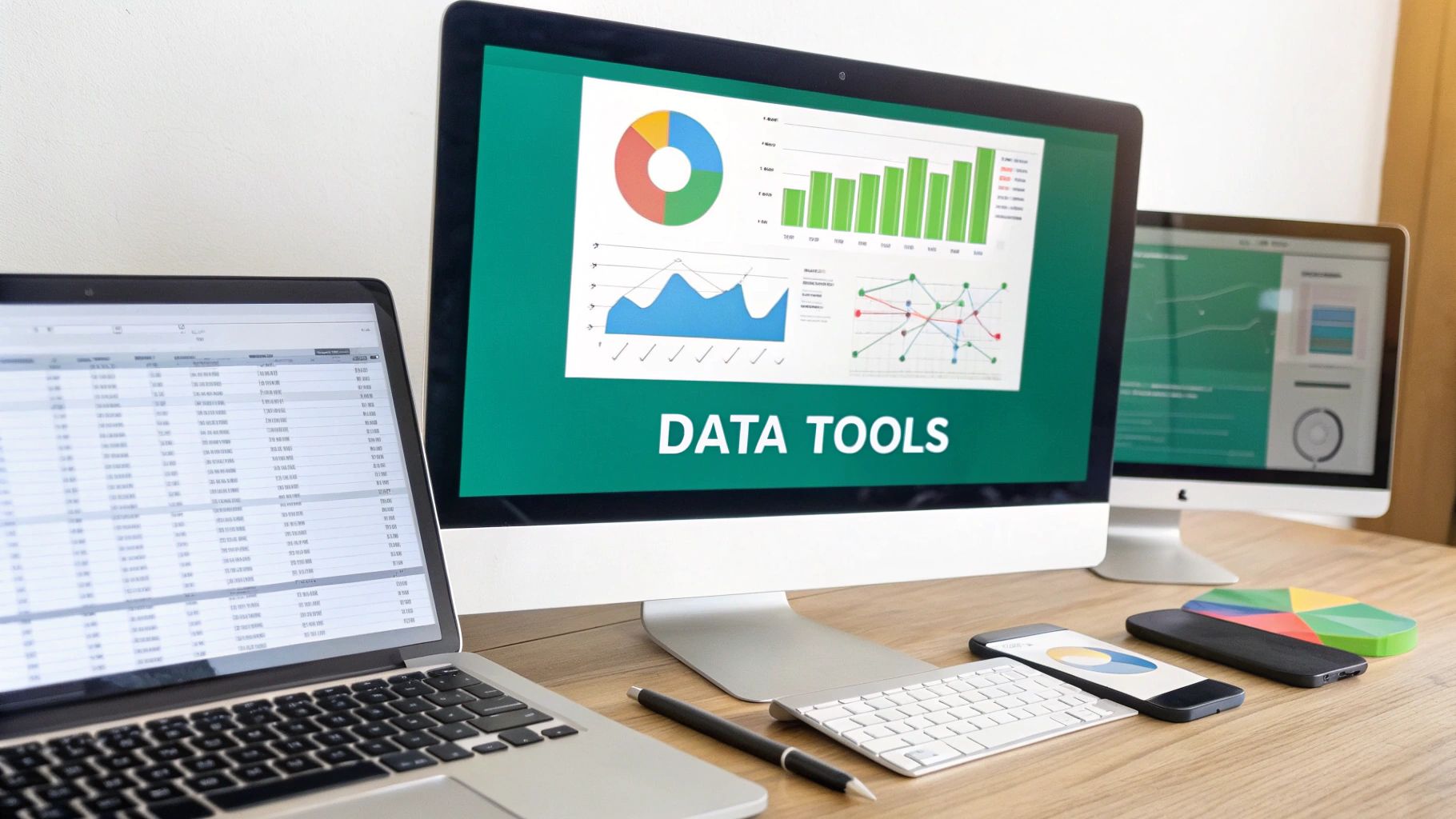
Accurately gauging social media engagement involves more than just a glance at overall interactions. It requires a deeper understanding of how to calculate engagement rates that truly reflect your performance. This means choosing the right denominator – followers, reach, or impressions – and using platform-specific calculations.
Choosing the Right Denominator
The denominator you select significantly influences your engagement rate. Using followers provides insights into how your existing audience interacts with your content. This approach, however, doesn't consider the visibility of your posts to a broader audience.
Reach, on the other hand, measures the total number of unique users who have seen your content. Using reach provides a wider perspective on content performance. Impressions measure the total number of times your content was displayed, regardless of clicks or views. While repeat views can inflate impressions, they offer a sense of potential visibility.
The best denominator depends on your objectives. If community building among existing followers is the goal, using followers makes sense. If expanding your reach and raising brand awareness is the priority, reach is a more relevant metric.
Calculating Engagement Rate: Step-by-Step
Here's how to calculate engagement rate using reach:
Gather your data: Collect the total engagements (likes, comments, shares) and the reach for a specific post or period.
Apply the formula: (Total Engagements / Reach) * 100 = Engagement Rate
Interpret the results: Generally, an engagement rate of 1% or higher is considered good, although benchmarks can differ based on the industry and platform.
For a deeper dive into calculating engagement rates, particularly on Instagram, see our guide on How to Master the Instagram Engagement Rate Formula.
Platform-Specific Considerations
Each platform has its unique characteristics. On Twitter, retweets might be a more important indicator of engagement than likes. On Instagram, story views and sticker interactions are key metrics. Tailoring your calculations to these platform-specific factors is essential.
Algorithms also influence how your content is distributed. Understanding how algorithms prioritize engagement types can help you refine your strategies. Pay attention to how platforms weight various interactions and adjust your content accordingly.
Benchmarking for Success
Calculating your engagement rate is only the first step. It's crucial to understand what constitutes a "good" rate for your specific industry. Benchmarking against competitors and industry averages helps you identify areas for improvement and set realistic targets. This allows you to measure progress and adjust your strategies based on data insights. Consistently tracking and analyzing your engagement rates will enable you to improve your content and maximize social media impact.
Turning Engagement Into Business Conversions
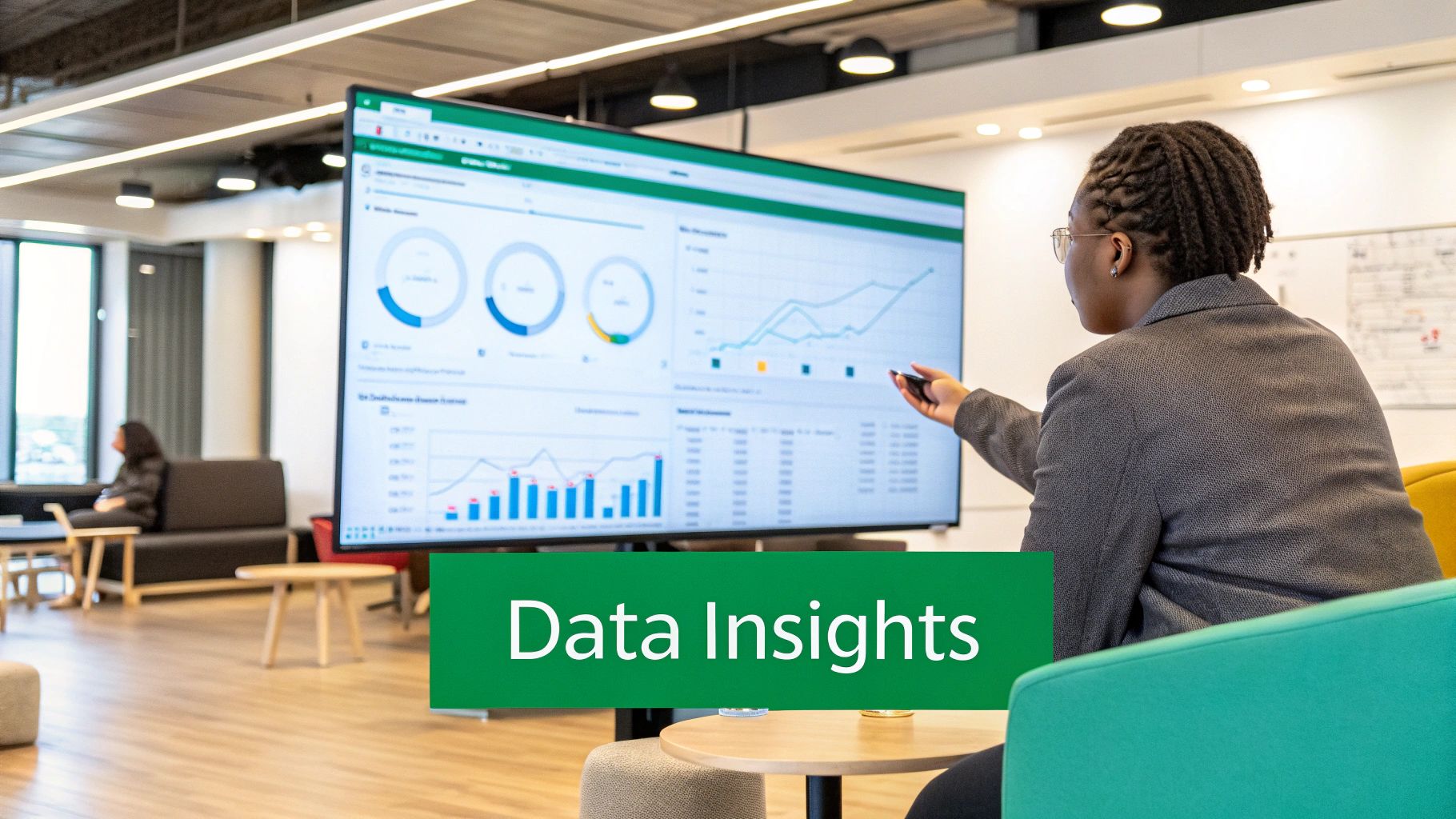
Likes and comments are great. They show people are interacting with your content. But they don't pay the bills. What matters is how that social media engagement turns into real business results – conversions that boost your bottom line. This means following the customer journey from that first like or comment to a website visit, a lead, or a sale.
Bridging the Gap Between Engagement and Conversions
Successful social media campaigns go beyond simple engagement. They actively push users down the conversion funnel. This involves encouraging those engaged users to take actions that bring them closer to becoming paying customers. A clear and compelling call to action in your posts can encourage users to visit your website, subscribe to your newsletter, or even purchase directly.
For example, imagine a captivating Instagram post showcasing your newest product. Include a direct link to the product page on your website. This makes it easy for interested users to move seamlessly from engagement to conversion. Or consider a well-designed social media contest that requires email sign-ups to enter. This not only boosts engagement but also helps you grow your email list.
Tracking these actions is essential for understanding the impact of your social media strategy on your business growth. You need the right tools and strategies to monitor user behavior and connect those conversions back to specific activities on social media.
Attribution Modeling and Practical Tracking
To figure out which engagement activities are actually driving conversions, you need attribution modeling. This is the process of giving credit for conversions to different touchpoints in the customer journey. A user might first discover your brand through a social media post and then later return via a Google search to complete a purchase. Attribution modeling helps you understand how much each touchpoint contributed to the final sale.
There are several methods for this, including first-touch, last-touch, and multi-touch attribution. The best model for your business depends on your specific goals and the typical customer journey. Conversion metrics, which measure actions like purchases that originate from social media, are essential. The conversion rate, calculated by dividing the number of conversions by the number of clicks or impressions, is a key performance indicator. Using tools like UTM parameters can help you pinpoint exactly which posts or ads are leading to conversions. This data is crucial for understanding your return on investment. Learn more about relevant social media metrics here.
Using tools like UTM parameters, tracking pixels, and conversion funnels provides the necessary data to understand the effectiveness of your social media campaigns. Tracking pixels monitor user behavior on your website, while setting up conversion funnels visualizes the user journey from initial engagement to final conversion. You might be interested in: How to master Social Media ROI Measurement.
Proving Social Media ROI
Demonstrating the return on investment (ROI) of social media is a common challenge for marketers. By connecting your social media metrics to real business outcomes, you can justify your social media spend. Tracking conversions, analyzing attribution data, and calculating the cost per acquisition (CPA) from social media provides tangible proof of your success.
Leading brands effectively demonstrate social media ROI by linking their campaigns to specific business goals and closely monitoring their progress. This data-driven approach allows them to refine their strategies, allocate budget effectively, and demonstrate the value of their social media investments.
Analytics Tools That Reveal What Works
Understanding your engagement goals and how to measure them is crucial. Once you have that foundation, choosing the right analytics tools is the next critical step. With so many options, finding tools that offer actionable insights, not just surface-level data, is essential. This means carefully evaluating native platform analytics and the benefits of third-party solutions.
Native vs. Third-Party Analytics Tools
Most social media platforms provide built-in analytics dashboards. These are a great starting point, often free and readily accessible. Facebook Insights, for example, offers data on reach, impressions, and post engagement. Twitter Analytics tracks tweet impressions, retweets, and mentions. These native tools offer a solid overview of basic performance.
However, for deeper analysis, third-party tools become invaluable. They typically offer more comprehensive data, cross-platform analysis, and customizable reporting. These tools can also automate data collection and reporting, saving you considerable time and effort. For a deeper dive into competitive analysis, check out our article on How to Master Competitive Analysis with Social Media Tools.
Building a Custom Analytics Dashboard
Effective social media managers understand the importance of customized dashboards. These dashboards consolidate data from multiple sources, presenting the metrics most relevant to your business in one centralized view. This allows you to quickly identify trends, spot problems, and make informed decisions based on the data.
For example, a dashboard might track website clicks from Instagram posts alongside Instagram Stories engagement. This reveals the correlation between these metrics, showing how different content types contribute to your overall marketing objectives.
To help you choose the right tools, we've compiled a comparison content of popular social media analytics platforms:
Introducing the "Social Media Analytics Tools Comparison" table. This table helps compare popular analytics tools, allowing you to find the right fit for your measurement needs based on features, pricing, and platform compatibility.
SproutSocial offers social listening, publishing, analytics, engagement, and reporting. It supports Facebook, Twitter, Instagram, LinkedIn, and Pinterest, with pricing ranging from $99 to $249 per month. This tool is best for businesses needing a robust all-in-one social media management solution.
Hootsuite provides scheduling, analytics, engagement, and team collaboration features. It works with Facebook, Twitter, Instagram, LinkedIn, YouTube, and Pinterest, with plans costing $99 to $ 739 per month. It’s ideal for managing multiple social media accounts and campaigns.
Buffer includes publishing, analytics, engagement, and team collaboration tools. It supports Facebook, Twitter, Instagram, LinkedIn, and Pinterest, with pricing from $6 to $99 per month. This platform is best for streamlined social media posting and basic analytics.
This summarizes the key features, supported platforms, and pricing of popular tools like SproutSocial, Hootsuite, and Buffer. Note the varying functionalities and price points to help you choose a platform that best aligns with your budget and needs.
Automating Your Reporting Process
Manually creating reports is a tedious task. Third-party tools frequently offer automation features that simplify this process. Automated reports can be scheduled regularly, freeing up your time for more strategic work.
This automation also ensures consistency in reporting, enabling you to track progress accurately and identify long-term trends. Sharing these automated reports with stakeholders keeps everyone updated on social media performance.
Choosing the Right Tools for Your Needs
The ideal analytics tools for your business will depend on several factors: budget, team size, and the platforms you're using. Some popular choices include SproutSocial, Hootsuite, and Buffer. These platforms provide a variety of features, including scheduling, analytics, and engagement tracking.
Think about which features are most important. Do you need in-depth platform-specific analytics or a broad overview across all channels? Are advanced reporting features necessary, or are basic metrics enough? Answering these questions will guide you toward the best tools for your requirements.
Setting Benchmarks That Drive Continuous Growth
Generic engagement goals aren't effective in today's competitive social media landscape. For real success, you need Specific, Measurable, Achievable, Relevant, and Time-Bound (SMART) goals aligned with your unique social media strategy. This requires analyzing your past performance, comparing it to industry benchmarks, and identifying areas for improvement.
Analyzing Historical Data and Industry Standards
Begin by examining your historical social media performance. What were your average engagement rates? Which posts resonated most with your audience and why? Recognizing patterns in this data provides valuable insights. For example, if video content consistently outperforms static images, this is crucial information for future content planning.
Next, benchmark your performance against industry standards. What are the average engagement rates for similar businesses? This comparison provides context. Perhaps your engagement is already above average, indicating a strong social media account. Alternatively, you might identify opportunities for improvement and strategic adjustments.
Developing SMART Goals for Engagement
After analyzing your data and understanding industry benchmarks, it's time to establish SMART goals. Instead of aiming for a vague engagement increase, set specific, measurable targets. For instance, strive to increase your Instagram engagement rate by 15% over the next quarter.
Ensure your goals are achievable. Don't set unrealistic expectations that could demotivate your team. Consider your resources and current performance level. Your goals should also be relevant to your overall business objectives. If your primary goal is driving website traffic, prioritize metrics like click-through rates.
Finally, establish a clear timeframe. Set a deadline for achieving your goals to create a sense of urgency and maintain focus.
Contextualizing Your Metrics
Remember to consider factors influencing your engagement, such as audience size, content formats, and platform algorithms. A smaller, highly engaged audience can be more valuable than a large, inactive one. Certain content types naturally generate higher engagement. Videos, for example, often outperform static images.
Platform algorithms are also constantly changing. Stay informed about these changes and adapt your strategy accordingly. For instance, if a platform prioritizes short-form video, incorporate that into your content calendar.
Communicating Objectives and Tracking Progress
Communicate your social media objectives to all stakeholders to ensure everyone is aligned and working toward the same goals. Regular performance evaluations are essential. Track your progress against your SMART goals and make adjustments as needed. If a strategy isn't yielding the desired results, don't hesitate to adapt and try new approaches.
This continuous improvement process, driven by data and clear objectives, is fundamental to sustainable social media growth. By consistently analyzing, adapting, and refining your strategy, you'll maximize your social media impact and achieve your business goals.
Ready to boost your Instagram followers and engagement organically? Gainsty, the AI-powered social assistant, can help you achieve real growth without bots or fake followers. Get started with Gainsty today!

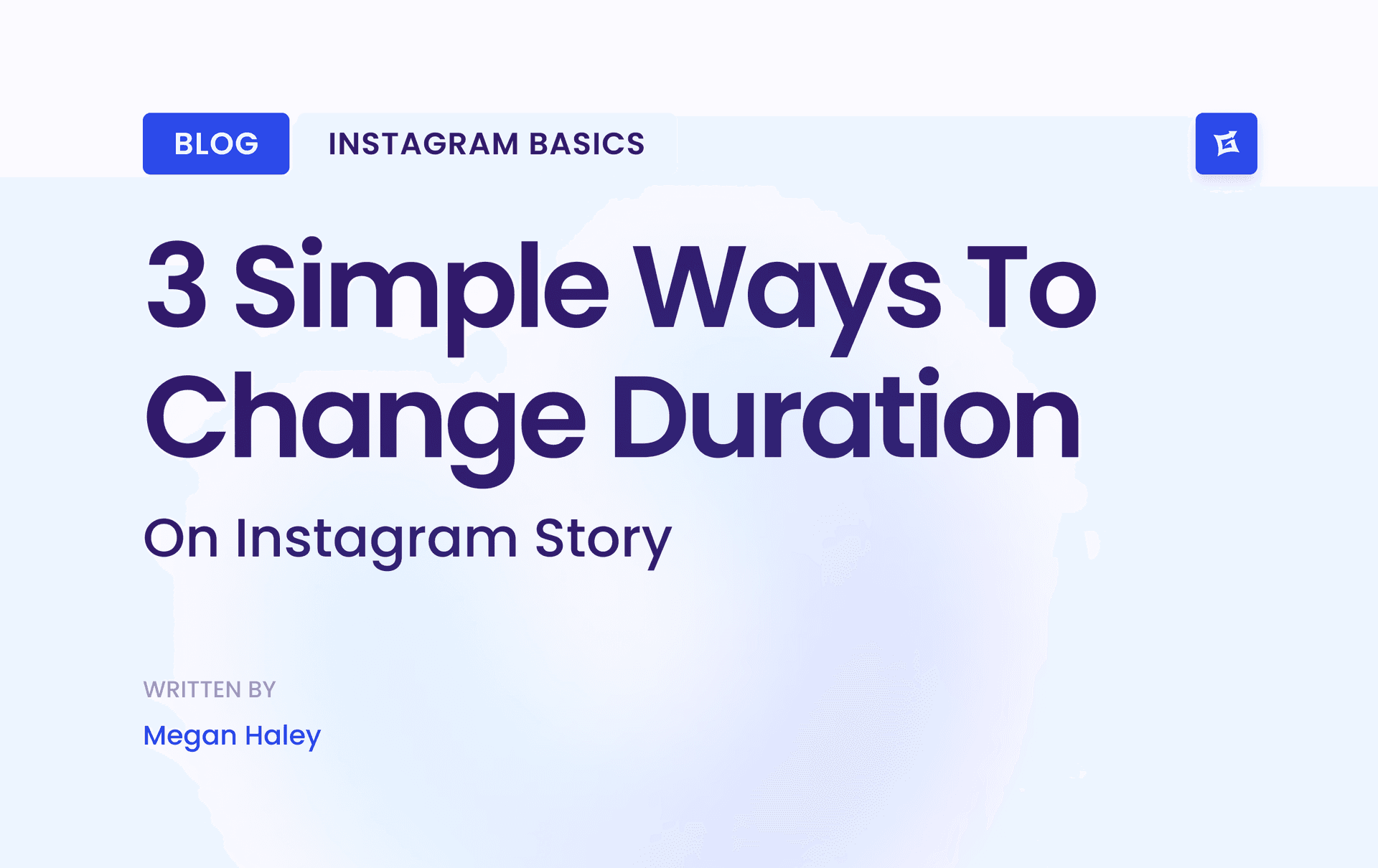
.png&w=1920&q=75&dpl=dpl_9XSWKBjhcBN6v6b1SN7m3p1WWjfr)
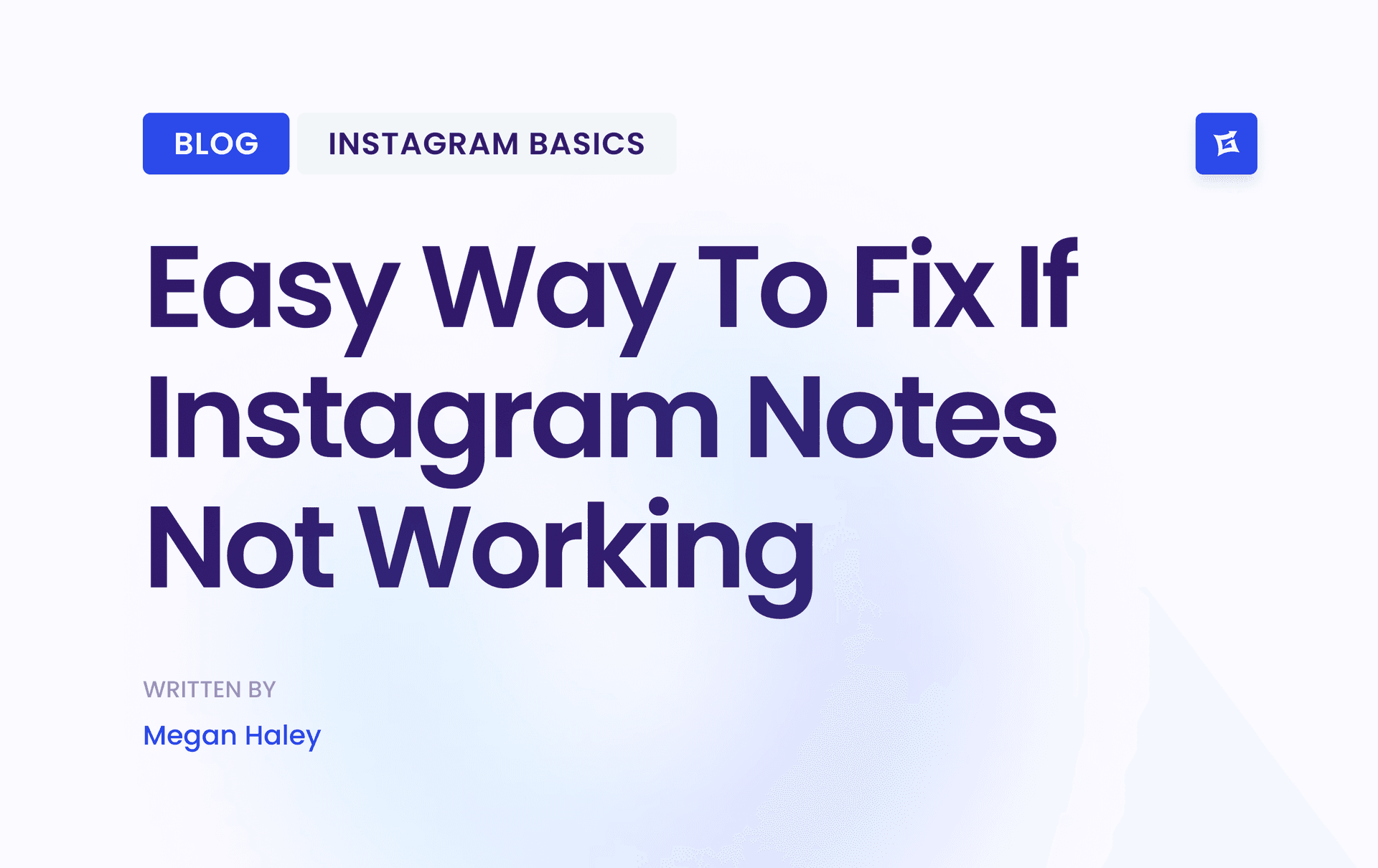
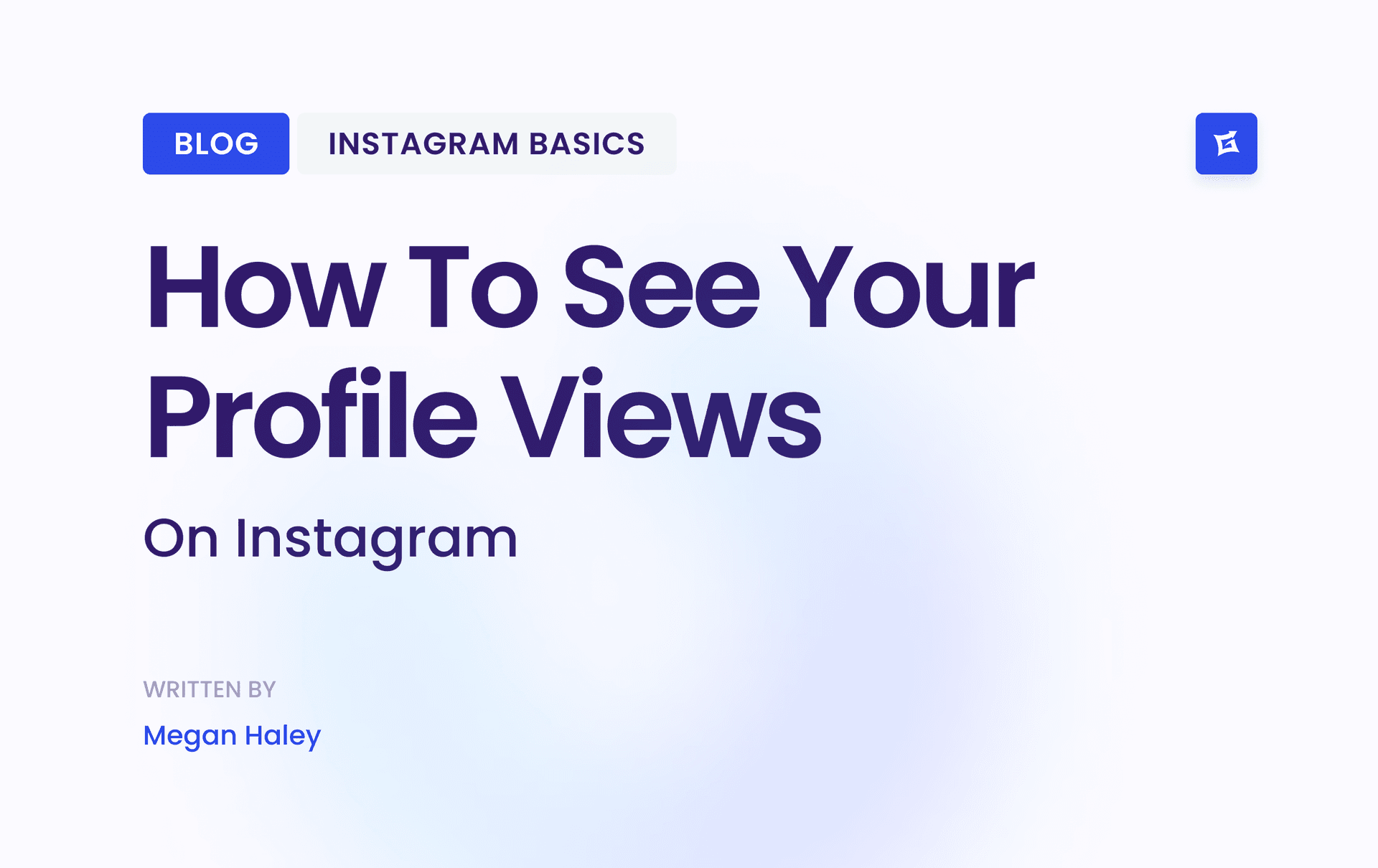
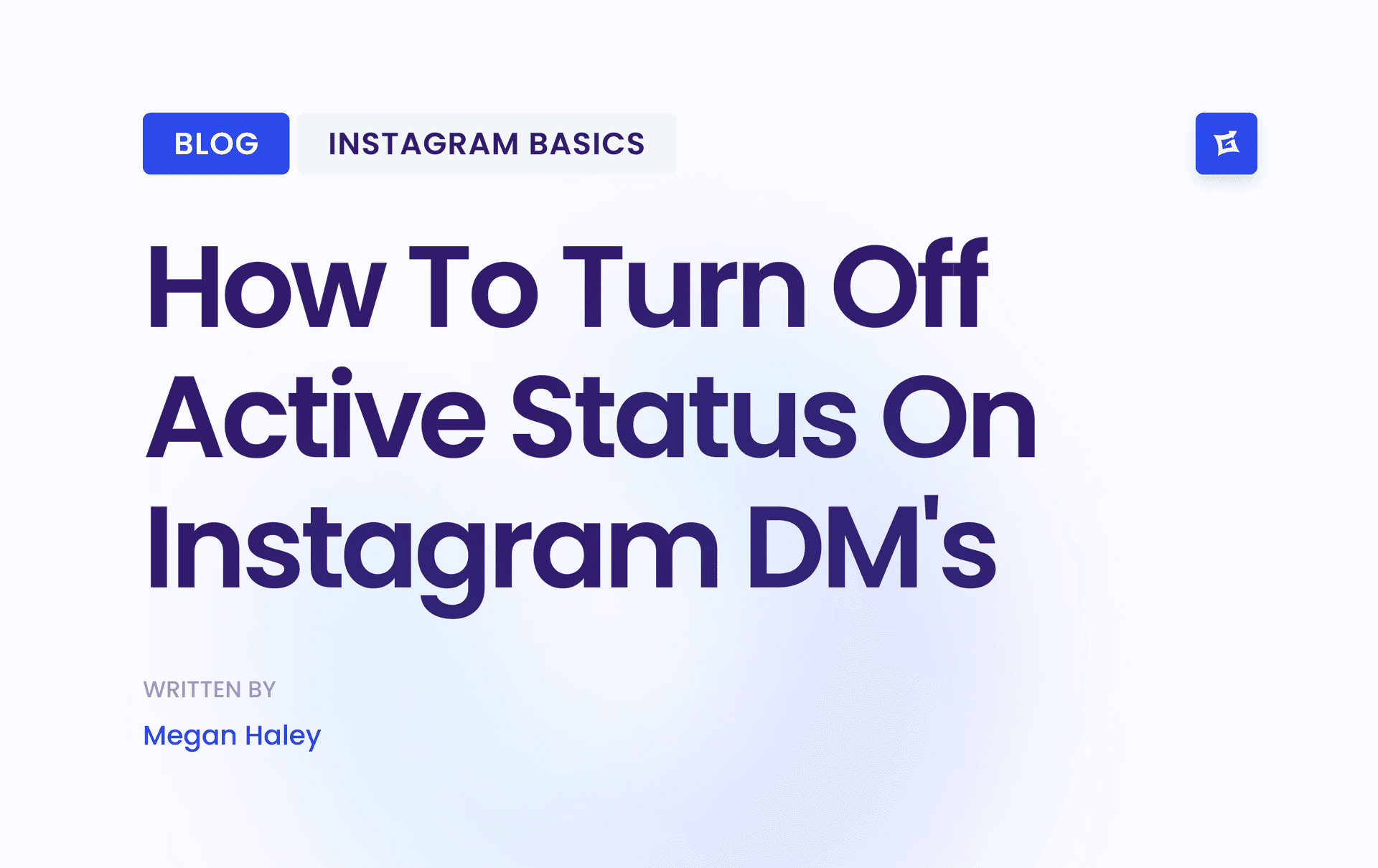
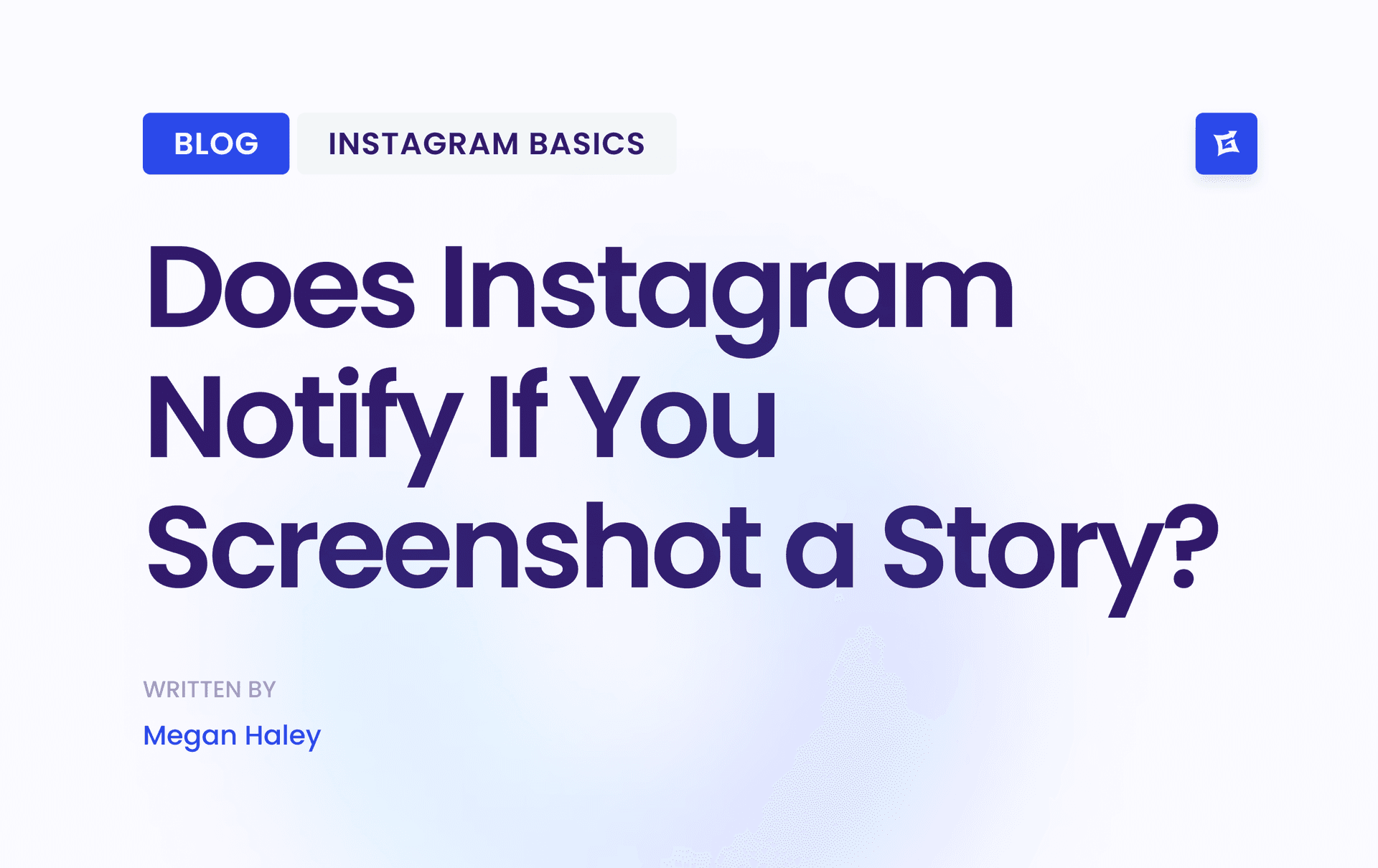



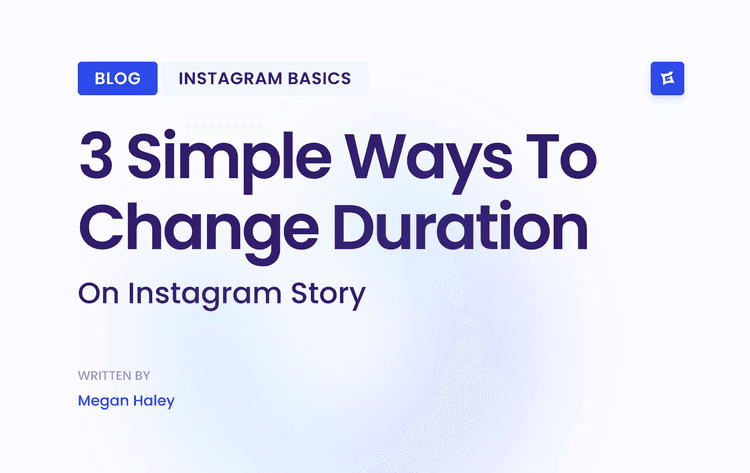
.png&w=750&q=75&dpl=dpl_9XSWKBjhcBN6v6b1SN7m3p1WWjfr)
